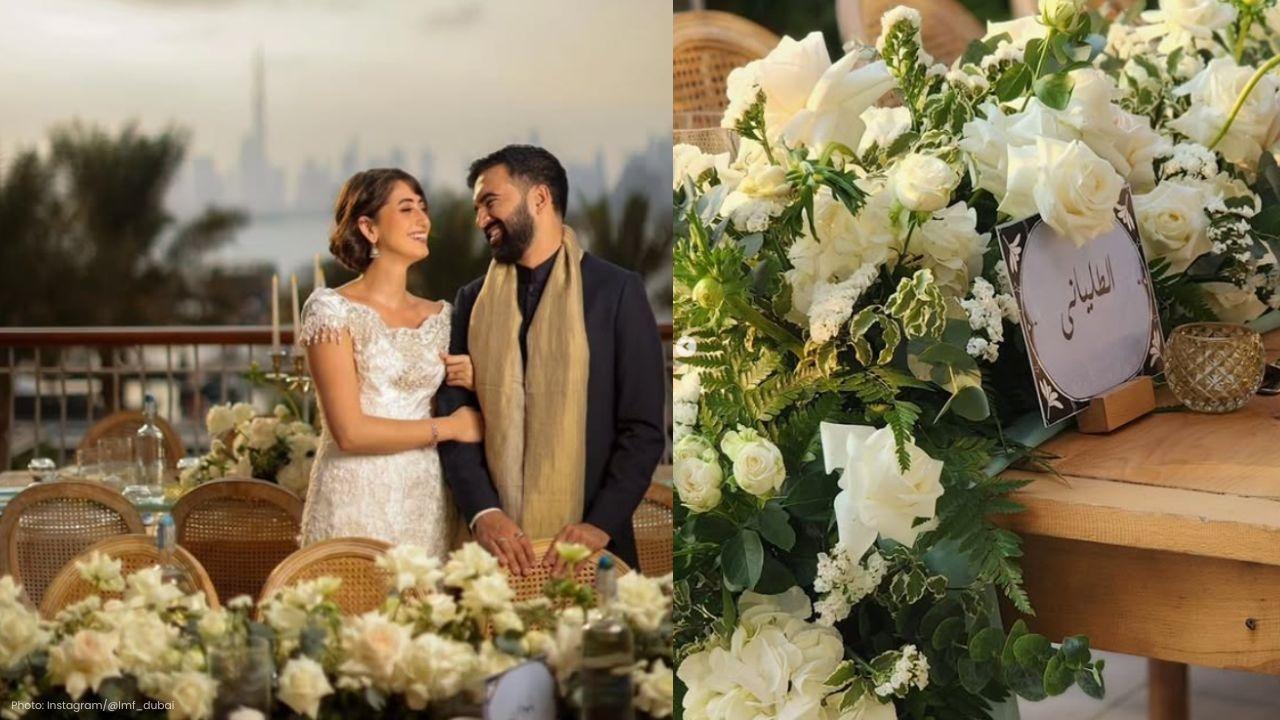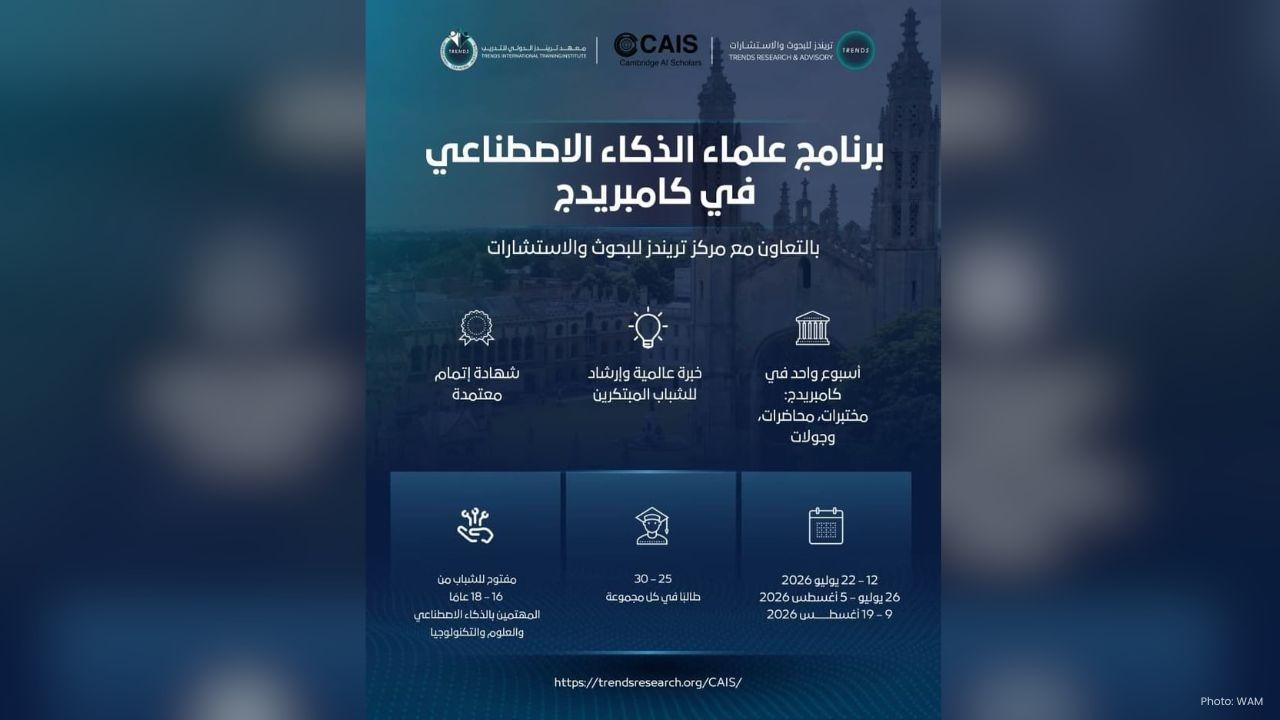
Join 10k+ people to get notified about new posts, news and tips.
Do not worry we don't spam!

Post by : Anis Farhan
In recent years, a growing number of young people across Southeast Asia have begun to rediscover and revive indigenous cultural art forms once thought to be fading into history. Whether it’s traditional weaving in Indonesia, shadow puppetry in Thailand, or ancient storytelling in Malaysia, the youth are breathing new life into their cultural roots. This shift is not only reviving ancestral knowledge but is also fostering a deeper sense of identity and pride among younger generations.
Once considered outdated or “uncool,” these traditional practices are being reimagined through modern formats — social media storytelling, virtual workshops, and fusion with contemporary styles. And in doing so, Southeast Asian youth are proving that tradition and innovation need not be at odds.
For decades, traditional Southeast Asian art forms were quietly slipping into obscurity. From Wayang Kulit puppetry and Gamelan music in Indonesia to Thai Khon masked dance and Malaysia’s intricate Songket weaving, these culturally rich practices faced a serious crisis of relevance. The root causes were varied — industrialization, urbanization, mass migration, and the influence of Western media all contributed to this cultural disconnect.
In many cases, young people saw little economic value in continuing these traditions. Becoming a puppeteer or a traditional dancer did not pay the bills, and cultural artisans were often relegated to local exhibitions with dwindling audiences. Without direct financial support or national platforms, the pipeline of skilled apprentices all but dried up. In the fast-moving digital age, heritage was seen as a weight of the past — until now.
The tides began to turn when young cultural leaders started engaging with heritage not as passive observers but as active creators. They didn’t just learn from the old masters — they adapted. They began to remix folklore with pop culture, blend ancient rhythms with EDM, and turn crafts into wearable statements of identity. The narrative around cultural heritage began to shift from conservation to co-creation.
Take the case of Thai designer Nattaya Siriwong, who integrates handwoven tribal textiles into high fashion collections showcased in Bangkok and Paris. Or Malaysian filmmaker Adib Hafiz, whose short films reimagine ancient Malay myths using modern cinematography and CGI. These young creators are giving old stories new legs — and reaching audiences that traditional mediums never could.
This cultural revitalization is also being led by collectives. In Singapore, groups like Roots.sg organize urban art walks, where young guides share stories of kampong (village) culture in city spaces. In Yogyakarta, a youth-run festival called Ngayogjazz blends jazz with Javanese folk arts, attracting thousands annually.
The rise of social media has played an undeniable role in this revival. Platforms like TikTok, YouTube, and Instagram have become stages for showcasing traditional crafts, dances, recipes, and storytelling in 60-second snippets. And it works. These platforms not only make heritage "cool" again but also democratize access, enabling rural creators to gain visibility without institutional backing.
One viral example is Thai shadow puppet master Phuwadon Rungnirund, whose behind-the-scenes puppetry videos have drawn millions of views. In Indonesia, Batak musician Marselino Siahaan’s TikTok performances using ancient instruments have sparked new demand for ethnic music tutorials. This convergence of content creation and cultural pride is inspiring a global audience, including diasporic youth searching for connection to their roots.
While youth movements have taken the lead, support from governments and educational institutions is also increasing. Cultural policy bodies in Indonesia and Malaysia have launched online repositories, digital mapping of endangered practices, and even startup-style grants for cultural entrepreneurs. School curricula are being updated to include ethnomusicology, oral literature, and traditional performing arts.
However, the momentum is still fragile. Funding gaps, lack of teacher training, and unequal digital infrastructure pose challenges. In rural Thailand and parts of Borneo, talented youth often lack internet access to showcase their work or learn from others. Sustained change will require long-term investment, mentorship programs, and localized platforms tailored to diverse linguistic and ethnic groups.
At its heart, this movement signals a redefinition of what culture means today. It is no longer something to be embalmed in museums or performed for tourists — it is a living, breathing identity constantly shaped by new contexts. Young Southeast Asians are rejecting the binary of old versus new. Instead, they are proving that ancestral knowledge, when respected and reinterpreted, can be a powerful tool for social innovation, education, and even mental health.
This cultural revival is about more than aesthetics. It reflects deeper values — connection to land, intergenerational respect, communal storytelling, and spiritual grounding. As these traditions evolve under youthful hands, they offer both continuity and hope.
The information provided in this article is for general educational and cultural purposes only. It does not substitute for professional or academic advice related to cultural studies, heritage conservation, or national policy. Opinions expressed are those of the author and not reflective of any governmental or institutional stance.










Zohran Mamdani Clinches NYC Mayoral Seat as Victory Speech Blends Politics and Bollywood
Zohran Mamdani won New York City's mayoral race, becoming the city's first Muslim and South Asian ma

India Wins First Women’s World Cup 2025 Title
India lifts its maiden Women’s World Cup 2025 title! Harmanpreet Kaur’s team stuns South Africa in a

Manuel Frederick, 1972 Olympic Bronze Goalkeeper, Dies at 78
Manuel Frederick, a member of India’s 1972 Olympic bronze hockey team, has died in Bengaluru at 78 a

Muhammad Hamza Raja Wins IFBB Pro Card Puts Pakistan & UAE on Global Stage
Pakistani bodybuilder Muhammad Hamza Raja earns IFBB Pro Card in Czech Republic, showcasing Dubai’s

Shreyas Iyer’s Recovery Underway After Spleen Laceration in Sydney ODI
Shreyas Iyer is recovering after a spleen laceration sustained while taking a catch in the Sydney OD

Qatar Ready to Host FIFA U-17 World Cup 2025 in Aspire
Qatar confirms full readiness to host the FIFA U-17 World Cup 2025 from November 3–27, with world-cl